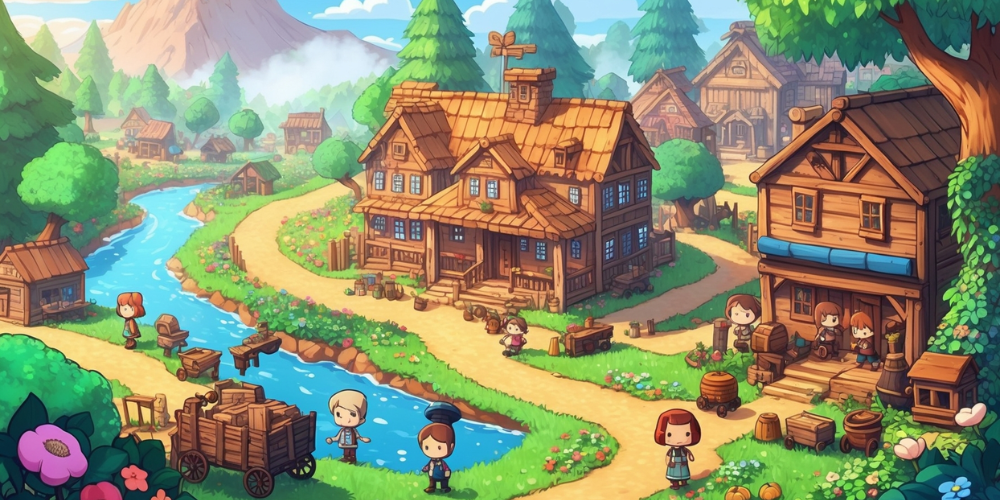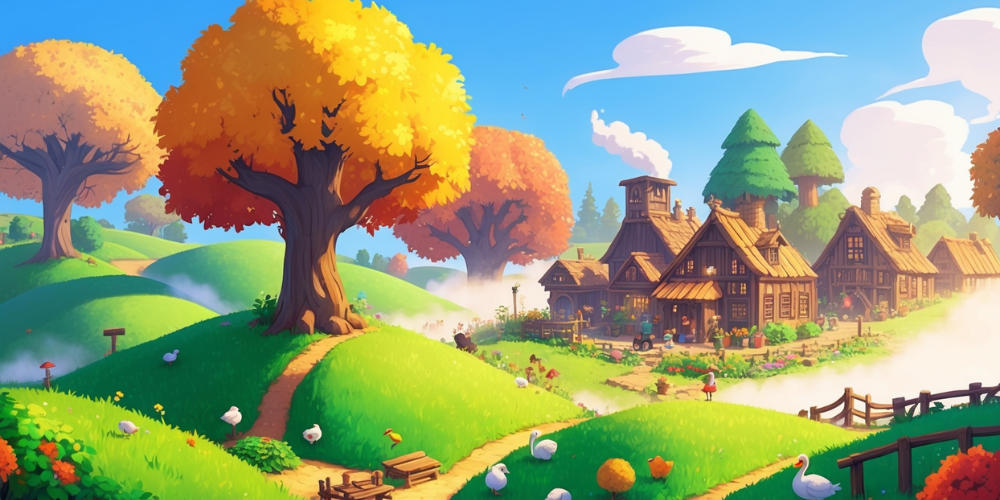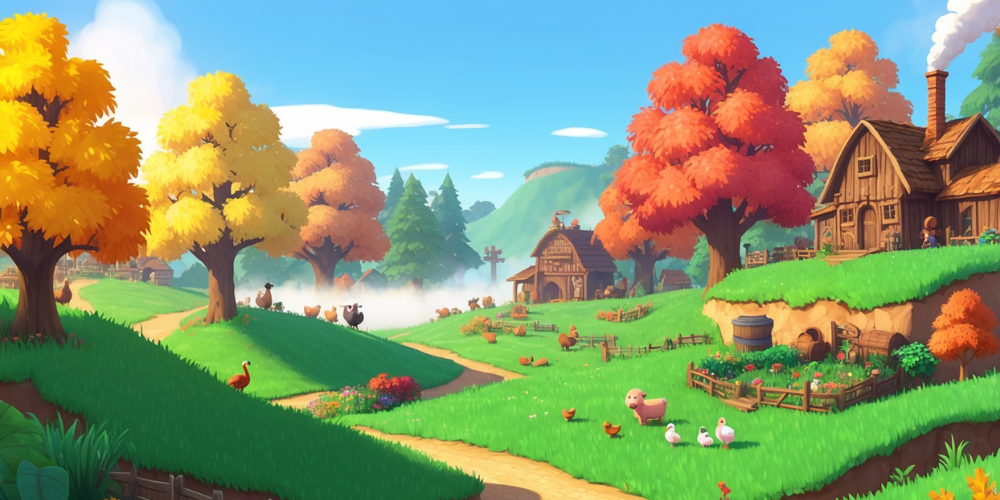26 Aug
Benjamin Carter

In the captivating realm of Stardew Valley, gamers set off on an adventure blending farming, discovery, and camaraderie. One captivating aspect of the game involves the Museum run by Gunther, where players are encouraged to donate rare items and artifacts. Completing the exhibit not only enriches the museum but also rewards players with unique bonuses, including a coveted Stardrop that boosts energy and stamina. This guide will provide insights into how to successfully navigate the process of museum donations, from understanding its purpose to discovering ways of acquiring sought-after artifacts and minerals.
Understanding the Museum
The Museum occupies a significant place within Stardew Valley, situated in the town's southeast corner near the Blacksmith. It operates daily between 8 AM and 6 PM, except on days when town festivals take place. Visitors to the Museum are greeted with shelves filled with books, offering knowledge of various lore pieces through lost books that can be found throughout the game. As you venture deeper into the museum, a large display area awaits, showcasing the items you collect and donate.
Gunther, the curator, will introduce you to the donation process early in your agrarian adventure. As you bring different artifacts and minerals to him, Gunther grants you the freedom to choose where to display these items, with the option to rearrange them at a later time. This personalization fosters a connection between players and their collections, making every visit to the Museum a rewarding experience.

Donation Rewards
Donating items to the Museum isn't just about fulfilling Gunther's request; it also yields valuable rewards as you hit specific milestones. Some rewards may seem like mere bonuses, but a few stand out as particularly beneficial. Upon donating a total of 60 items, players unlock access to the sewers, enhancing exploration opportunities. By reaching the 95-item benchmark, you are rewarded with a Stardrop, which permanently increases your maximum energy level. Additionally, for those who are driven to collect all four Dwarvish Scrolls, donating each one grants a special Dwarvish Translation Guide, allowing for communication with the mysterious Dwarves scattered throughout Stardew Valley.
Categories of Donations: Artifacts and Minerals
The Mineral Collection
The Museum houses a total of 95 items, composed of 53 minerals and 42 artifacts. Minerals are generally easier to obtain, as they can be mined or discovered through various means. Players can locate gems within their specific nodes or through the generic gem node, yielding treasures like Emeralds or other single gems. The foraged minerals—Quartz, Earth Crystal, Frozen Tear, and Fire Quartz—can often be found while spelunking in the mines or the Skull Cavern.

The most prolific source of minerals comes from breaking open geodes, which players can find during their adventures. Geodes can be categorized into basic Geodes, Frozen Geodes, Lava Geodes, and the most desirable Omni Geodes. Each of these geodes can be cracked open at the Blacksmith's for 25 gold coins each. While the first three types of geodes contain a set variety of minerals, the Omni Geode has the potential to yield any mineral type available in the game, making it a superior choice for those aiming to complete their mineral collection. Fishing treasure chests can also occasionally yield minerals, although this method is regarded as less efficient due to its unpredictable nature.
Unearthing Artifacts
On the flip side, artifacts pose a more considerable challenge due to their varied acquisition methods. Some artifacts, such as the Dwarf Scrolls, are dropped by monsters located in the mines or the Skull Cavern. Others may require players to experiment with their hoe, which can be used on specific artifact spots—indicated by three wigging worm-like protrusions in the ground found in various locations across town. Additionally, players can purchase Artifact Troves from the Desert Trader using 5 Omni Geodes to further expand their collection. Just like minerals, artifacts can sporadically appear in fishing treasure chests, adding another layer of randomness to the search.
For precise probabilities of each artifact and mineral available in the game, players can consult the Stardew Valley Wiki pages dedicated to these collections, providing detailed information on the findings.

Strategies for Completing the Museum Collection
While the pursuit of artifacts and minerals can be exhilarating, players are encouraged to embrace a more organic approach to completing their museum donations. Instead of fixating solely on acquiring a specific item, it's recommended to allow your exploration to yield most of the fossils and gems naturally. By focusing on your day-to-day farming, mining, and fishing activities, you will gradually amass a significant portion of the required items. Once you've donated around 80 items, it's the perfect time to pinpoint the desired artifacts or minerals still missing from your collection and start targeting them specifically.
Due to the majority of items having limited drop rates and spawn chances, the final part of your museum journey often comes down to patience and a bit of luck. Embrace the randomness of your gains, enjoy exploring the rich environment of Stardew Valley, and relish the sense of achievement as your museum collection flourishes over time.
Conclusion
The journey to complete the Museum in Stardew Valley is a rewarding aspect of the game that deepens players' connections to the vibrant world around them. From interacting with Gunther to exploring the depths of mines and unearthing ancient artifacts, every donation enriches the story of Stardew Valley. As you contribute to this collection, you’ll not only uncover new items and rewards but also foster the spirit of community and preservation that defines the game. Your efforts to restore the Museum will yield great benefits, both in-game and in the satisfaction of a job well done.
